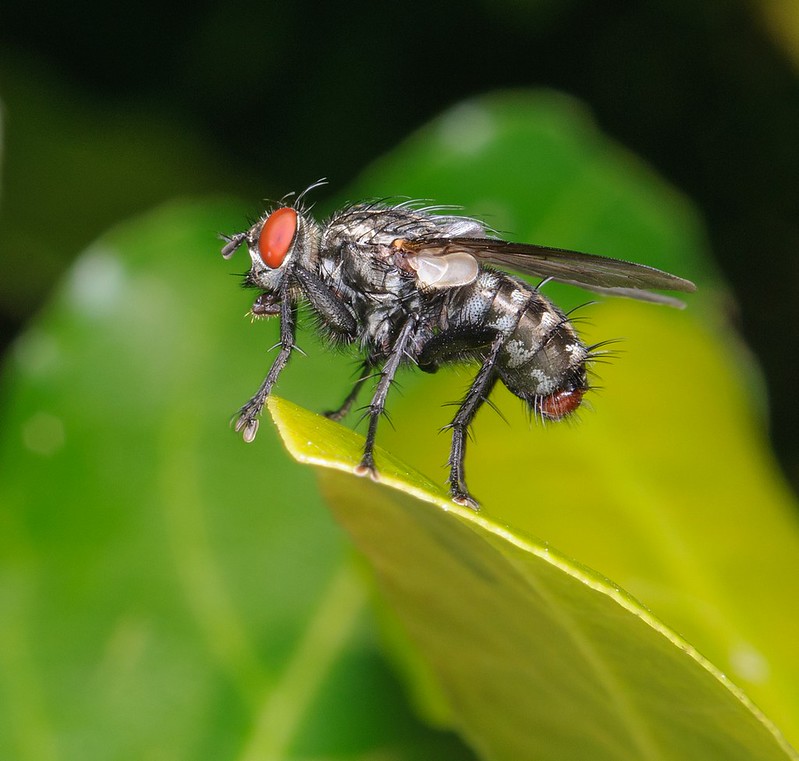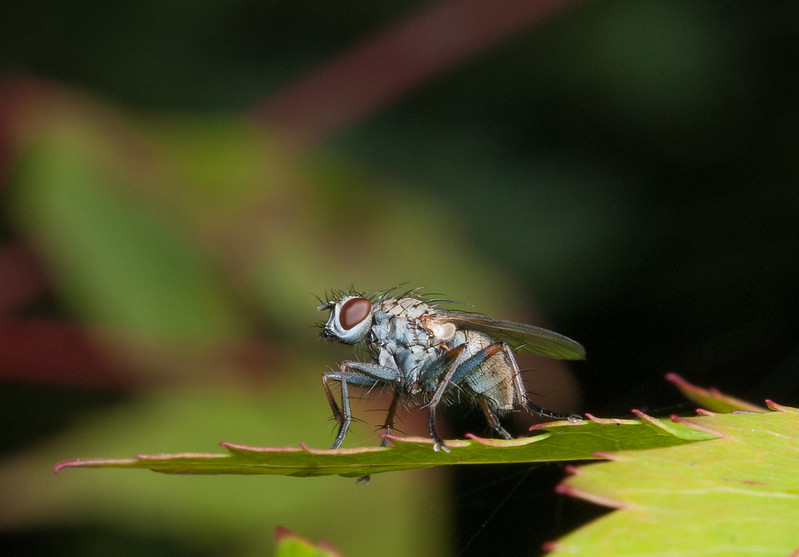I've recently been playing around with an old pentax 50mm lens reversed on my D300 and been getting some ok but not brilliant shots.
For example.....
 Another fly.... by tobyjm, on Flickr
Another fly.... by tobyjm, on Flickr
and
 Another fly by tobyjm, on Flickr
Another fly by tobyjm, on Flickr
My main problem is that I am having to manually open the aperture (using a finger on the aperture lever on the lens), focus, release the aperture then take the shot. Doing this hand held is very hit and miss!
There might be other factors but I think the combination of not getting the focus point right and camera shake means I am having to excessively sharpen the images to get the impact I would like. Even then I think I am losing fine detail.
I've tried just leaving the lens stopped down but I find I just cannot see well enough to focus.
So, I am thinking of trying auto extension tubes or something like a raynox lens. Unfortunately budget is very tight so I cannot afford to try both, hence wanting a bit of advice first.......
1) At the moment I am getting about 1.5" across a frame with the subject about 4.5" from the lens. (the pictures above are fairly heavily cropped) I'd like to more magnification but without getting closer if possible.
Any pros/cons of the raynox vs extension tubes for that?
2) I am also shooting at around f11 as the lens appears to go soft beyond that. But at f11 I am also struggling with depth of field.
Will I find it any different with a raynox or extensions tubes or is dof just down to magnification and f number?
3) what sort of subject distance are people getting with their setups? I am finding that 4" is about as close as I can get before scaring the subject away.....
4) I have a few lenses I could use with either (anything from the kit 18-55 to a 70-300) but I suspect the sharpest is likely to be my 50mm f1.8. Any advice on what would be the best focal length to start playing with or is it just a case of trial and error?
Any other advice to help me choose?
Sorry for the rambling question, I have read a lot of the threads here but there is so much choice I am struggling to know where to start
For example.....
 Another fly.... by tobyjm, on Flickr
Another fly.... by tobyjm, on Flickrand
 Another fly by tobyjm, on Flickr
Another fly by tobyjm, on FlickrMy main problem is that I am having to manually open the aperture (using a finger on the aperture lever on the lens), focus, release the aperture then take the shot. Doing this hand held is very hit and miss!
There might be other factors but I think the combination of not getting the focus point right and camera shake means I am having to excessively sharpen the images to get the impact I would like. Even then I think I am losing fine detail.
I've tried just leaving the lens stopped down but I find I just cannot see well enough to focus.
So, I am thinking of trying auto extension tubes or something like a raynox lens. Unfortunately budget is very tight so I cannot afford to try both, hence wanting a bit of advice first.......
1) At the moment I am getting about 1.5" across a frame with the subject about 4.5" from the lens. (the pictures above are fairly heavily cropped) I'd like to more magnification but without getting closer if possible.
Any pros/cons of the raynox vs extension tubes for that?
2) I am also shooting at around f11 as the lens appears to go soft beyond that. But at f11 I am also struggling with depth of field.
Will I find it any different with a raynox or extensions tubes or is dof just down to magnification and f number?
3) what sort of subject distance are people getting with their setups? I am finding that 4" is about as close as I can get before scaring the subject away.....
4) I have a few lenses I could use with either (anything from the kit 18-55 to a 70-300) but I suspect the sharpest is likely to be my 50mm f1.8. Any advice on what would be the best focal length to start playing with or is it just a case of trial and error?
Any other advice to help me choose?
Sorry for the rambling question, I have read a lot of the threads here but there is so much choice I am struggling to know where to start



 macro rig
macro rig